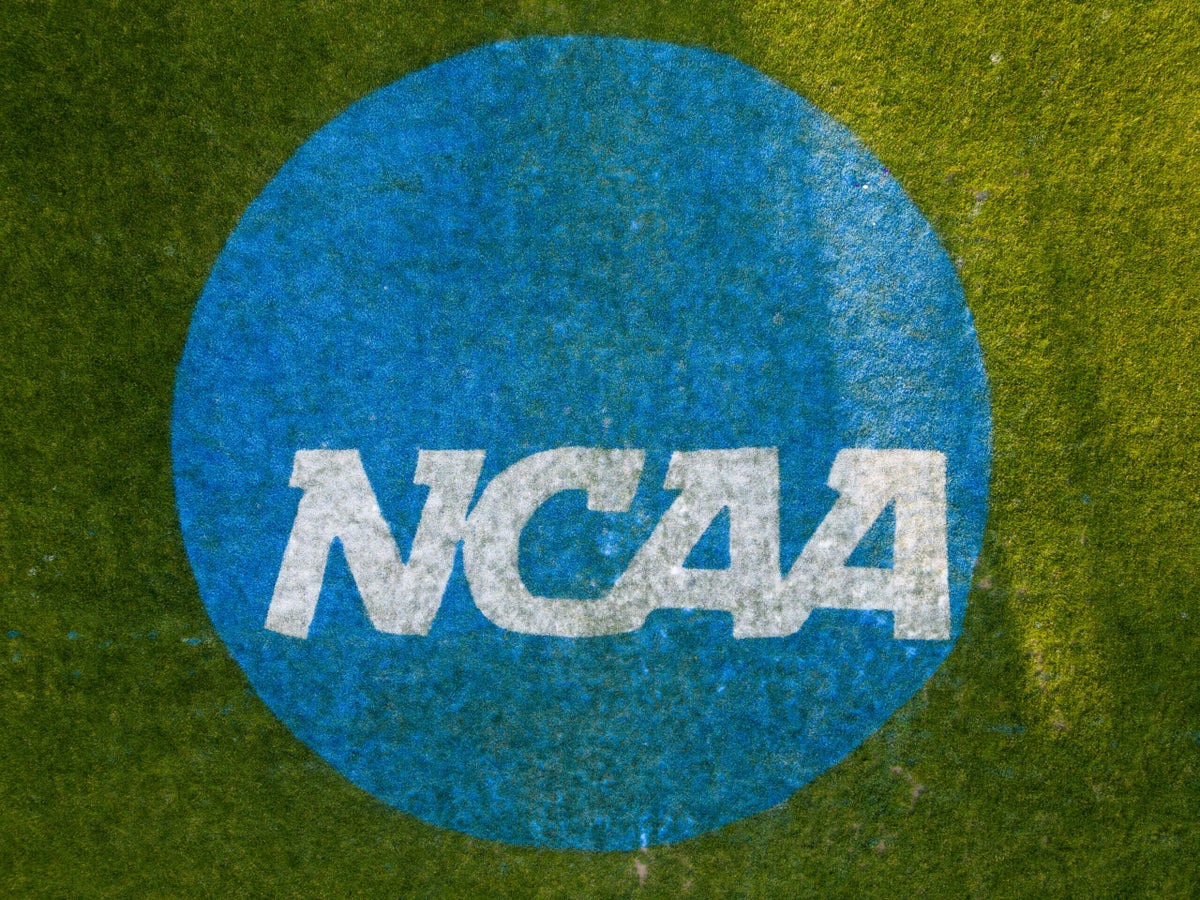The Department of Education’s Office for Civil Rights issued a memo Thursday stating that name, image and likeness payments to college athletes must be proportionate between a school’s male and female athletes to comply with Title IX, a federal law that prohibits sex-based discrimination in schools that receive federal money. But with a new federal administration about to take over, the OCR’s guidance might have little impact on college sports.
The nine-page fact sheet says NIL payments qualify as “athletic financial assistance which, under Title IX, must be made available to male and female student-athletes in a manner that is substantially proportionate to the number of students of each sex participating in interscholastic or intercollegiate athletics at that school.”
The guidance comes as the NCAA awaits final approval from a federal judge of an antitrust lawsuit settlement that will pave the way for schools to begin sharing revenue directly with its athletes next school year.
How much longer the memo will be relevant is the next big question. Republican President-elect Donald Trump will be sworn into office Monday, replacing President Joe Biden, a Democrat.
A new administration could rescind the OCR’s guidance or it could be challenged in court.
“The timing does call into question the impact this is going to have, because it is likely, as in a number of areas of law, that a new administration will reverse, rescind, amend, or completely change the guidance,” said Gabe Feldman, a professor of sports law at Tulane.
“I don’t think schools can confidently act one way or another based solely on this memo,” he added.
A person who works in the NIL industry told The Athletic they do not expect any entities involved in NIL — whether third-party groups such as collectives or athletic departments preparing for the House settlement — to react to the memo or adjust any plans for the time being with a new administration set to take office next week. The person was granted anonymity to discuss an ongoing compliance issue.
The House settlement will allow schools to share $20.5 million per year with their athletes. It will be up to the schools’ discretion how that money is dispersed among its athletes, and a major question hanging over the settlement was how Title IX might impact those decisions.
Many schools have been using the damages payout formula from the settlement as a guide to how they will distribute the rev-share pool, with most of the money going toward the sports that produce the most revenue.
The settlement will pay out $2.8 billion to former and some current college athletes who were denied the opportunity to make money from sponsorship and endorsement deals due to long-standing NCAA rules banning NIL payments. Those restrictions were lifted in 2021.
The vast majority of the damages will be made available to athletes who played major college football and men’s basketball, with women’s basketball players also receiving a large sum.
Texas Tech officials, for example, said 74 percent of its $20.5 million would go toward football, about 17 percent toward men’s basketball, 2 percent to women’s basketball, a little less than that to baseball and the rest to other sports.
Allocating a disproportionate amount of shared revenue toward male athletes would violate Title IX if this guidance remains in place. The OCR also said payments made by boosters and third parties would also need to be in compliance with Title IX as interpreted by the memo.
“The fact that funds are provided by a private source does not relieve a school of its responsibility to treat all of its student-athletes in a nondiscriminatory manner,” the memo said. “It is possible that NIL agreements between student-athletes and third parties will create similar disparities and therefore trigger a school’s Title IX obligations.”
A group of Oregon beach volleyball players and club team rowers filed a lawsuit against the school in December 2023 alleging the university’s male athletes are provided better NIL opportunities than female athletes. The lawsuit also names Division Street, the collective that works with Oregon athletes.
Required reading
(Photo: Isaiah Vazquez / NCAA Photos via Getty Images)

